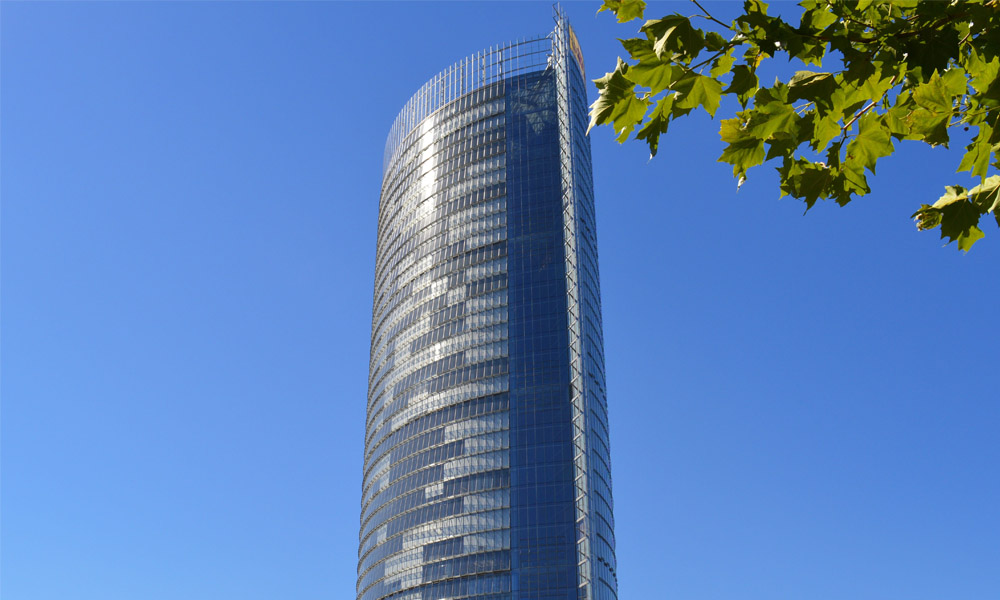

The Rise of Reflective Glass Suppliers in Modern Architecture
In recent years, the architectural landscape has seen a remarkable transformation, with reflective glass becoming a quintessential element in modern design
. As urban environments continue to evolve, the demand for high-quality reflective glass suppliers has surged, fostering innovation and sustainability within the industry.Reflective glass, characterized by its mirrored surface, offers numerous practical and aesthetic benefits. It enhances energy efficiency by reducing heat gain, thus lowering air conditioning costs in commercial spaces. Additionally, reflective glass provides privacy for building occupants while allowing natural light to penetrate indoor areas. This unique combination of features has made it a favorite among architects and designers aiming to create visually striking and energy-efficient structures.
One of the foremost reasons for the rise in popularity of reflective glass is its versatility. It can be used in various applications, from skyscrapers and office buildings to residential homes and storefronts. Modern suppliers provide a broad range of reflective glass types, including low-emissivity (Low-E) glass, which significantly improves insulation while maintaining aesthetic appeal. This adaptability is crucial in meeting the diverse needs of clients across different sectors.
Reflective glass suppliers are not just providers of materials; they are also partners in the design process. Many suppliers today offer value-added services such as custom fabrication, technical support, and consultation on the latest trends in energy efficiency and sustainability. This partnership enhances the design process, allowing architects to push the boundaries of creativity while ensuring functionality and compliance with building regulations.

Moreover, the emergence of eco-friendly reflective glass options has aligned with the growing global emphasis on sustainability. Suppliers are innovating with materials that are not only energy-efficient but also produced through sustainable practices. This commitment to environmental responsibility resonates with consumers and businesses alike, driving demand for suppliers who prioritize green manufacturing processes.
In the face of evolving technology, reflective glass suppliers are also embracing smart glass innovations. Smart reflective glass can dynamically adjust its tint based on external weather conditions or user preferences, providing optimal control over natural light and energy usage. This functionality represents a significant advancement in building technology, making suppliers who offer smart glass products increasingly sought after in the market.
Despite the advantages, sourcing reflective glass requires careful consideration. Architects and builders must scrutinize supplier reputations, product quality, and customer service. It is essential to choose suppliers that adhere to industry standards and certifications, ensuring that the reflective glass will perform effectively and withstand the test of time. Collaboration with reliable suppliers can enhance project outcomes and client satisfaction, leading to repeat business and referrals.
In conclusion, the role of reflective glass suppliers has transformed from mere providers of materials to essential partners in the architectural design process. As the demand for energy-efficient and aesthetically pleasing structures continues to rise, so does the need for innovative reflective glass solutions. The interplay between sustainability, technology, and design is shaping a new era for reflective glass and its suppliers. For architects and builders looking to stay ahead of the curve, building strong partnerships with reflective glass suppliers will be vital in achieving their vision of modern architecture. As we move forward, it is clear that reflective glass suppliers will play an instrumental role in shaping the skylines of our cities and the interiors of our spaces.